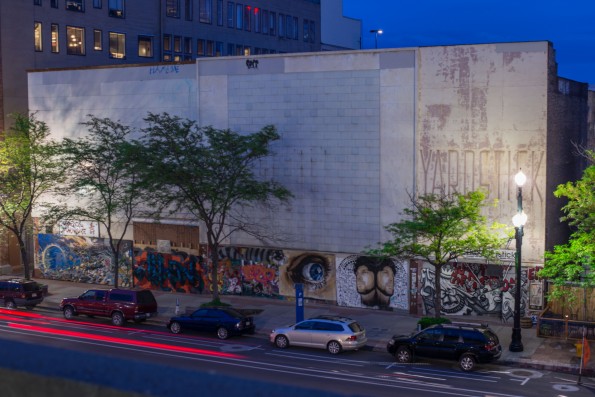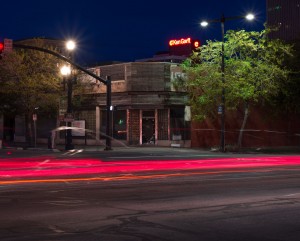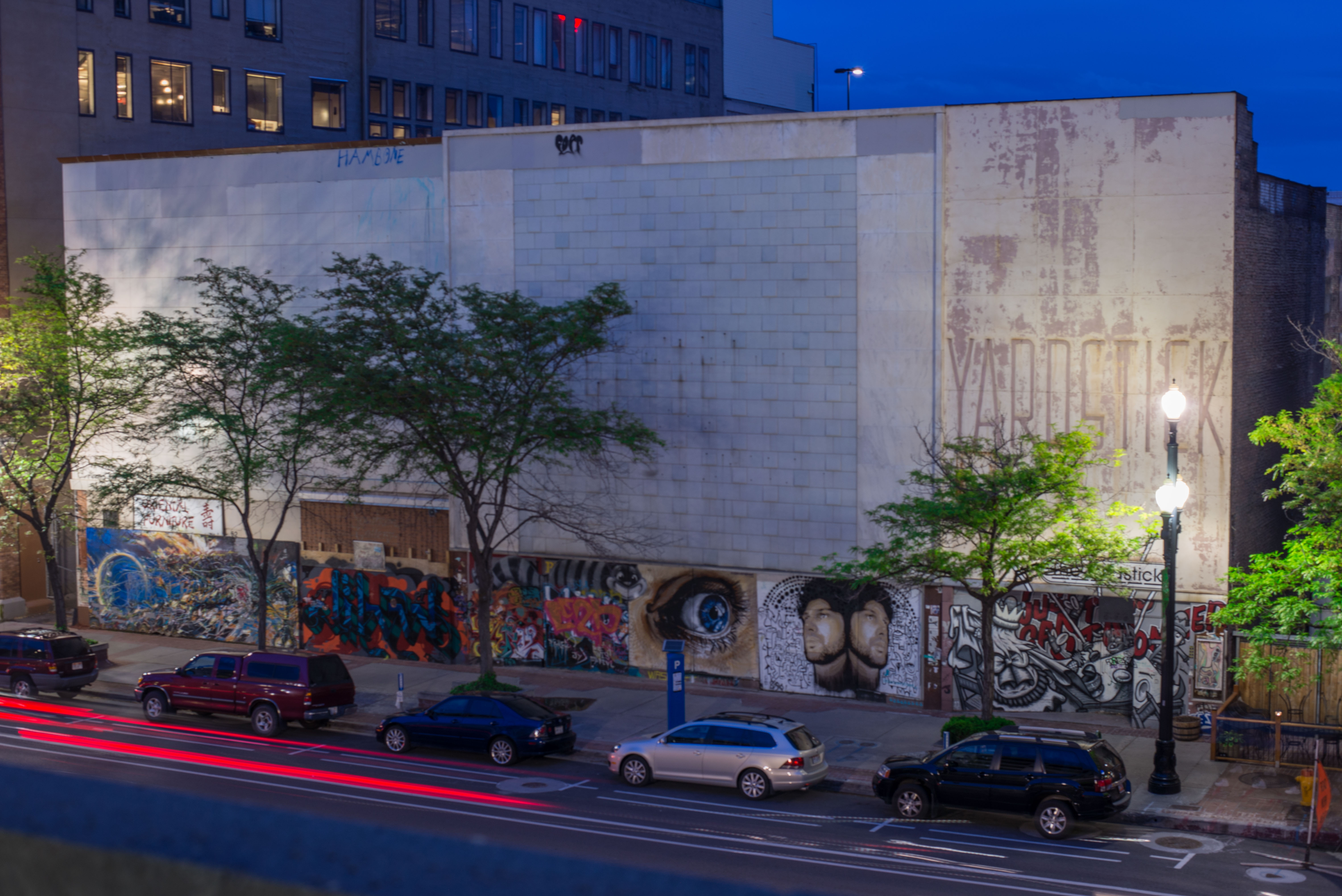
For almost 20 years, the Zephyr Club served as one of Salt Lake City’s best destinations for live music. The smaller-sized venue attracted jazz great Wynton Marsalis and blues and rock legends such as Taj Mahal and George Thorogood. The Zephyr was Bad to the Bone.
It was a favorite with both fans and musicians because it was intimate, and it became a famous layover for big names traveling through Salt Lake City. Later, the Club DV8, the Dead Goat Saloon and the Manhattan Club opened in formerly abandoned or underused downtown spaces.

These facilities represented the first wave of central Salt Lake City’s revitalization, which eventually transformed downtown from a seedy and drug-infested area to a desirable destination. Young entrepreneurs, such as former Zephyr Club owner Otto Meleti, put their sweat equity into revitalizing properties they didn’t own to create spaces where the community could enjoy live music.
Today all four of these former great nightclubs are boarded up or have been torn down. The building that housed Club DV8 was demolished following a four-alarm fire. In the case of the former Zephyr, Mr. David Bernolfo, the building’s owner, evicted tenants and closed the doors forever because he has no financial need to collect rent. He earns plenty from his other properties, including several downtown buildings and parking lots.
Bernolfo is the son-in-law to the heir of the Bamberger Railroad and Lagoon fortune. It is our opinion that Bamberger (who was also a governor of Utah) would not appreciate this huge waste of space and blight that his fortune is facilitating. So in this investigation we are examining if there is anything that can be done about long-term downtown blight and wasted urban space.
Property blight is a sensitive issue. In the United States, private property rights are written into the Bill of Rights and the Constitution. But as Salt Lake City is seeing a surge of new residents who want to live and work downtown as well as housing and labor shortages. Rents are increasing, and many of the new and best restaurants in town are not finding enough staff to fill the available positions.
Certainly, if all of the boarded-up buildings, houses and empty lots were put to a better use, the local economy would benefit, especially downtown residents who work in the area. Converting Salt Lake City into a more self-supporting urban nexus rather than a commuter city would also reduce freeway congestion and improve air quality.
Other cities are finding solutions. One solution is imposing a “blight tax” on property owners who wish to simply sit on properties and do nothing with them.
Bernolfo would like to raze the former Zephyr Club and turn it into another parking lot. Putting the property to use may be better than not using it at all, but Salt Lake City has deemed that a parking lot is not the highest and best use of the land and will not grant him permission to demolish the building, placing the city and the landowner in a standoff. City Weekly’s Bill Frost maintains the post “The Dead Zephyr,” and as of this printing, the Zephyr has remained boarded up and dead for 600 weeks.
Why not offer blight lords like Bernolfo an option either to pay a blight tax for not developing the property, or a tax credit for developing the property into its best use? Such a plan could gently force real estate owners to either do something with their properties or sell them to more motivated owners.
Some states, such as Pennsylvania, are considering legislation that would reduce the tax on buildings and increase the tax on the land to encourage landowners sitting on blighted property to build something new. As land values increase, it puts a stop to land speculation and the poor utilization of property.
After 5 years of unpaid taxes, Salt Lake County sells delinquent properties to the highest bidder who may sit on them again hoping for a value increase without any effort or investment. If the county could get the properties into the hands of community groups and public and private developers, it could conceivably turn them into assets instead of liabilities.
Information from:
http://www.wealthandwant.com/themes/Split-Rate_Taxation.html
http://pittsburghquarterly.com/index.php/Region/the-cost-of-blight.html
More Sources:






